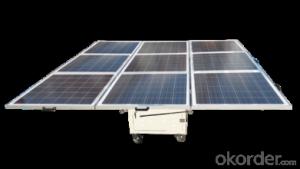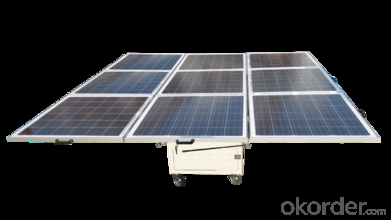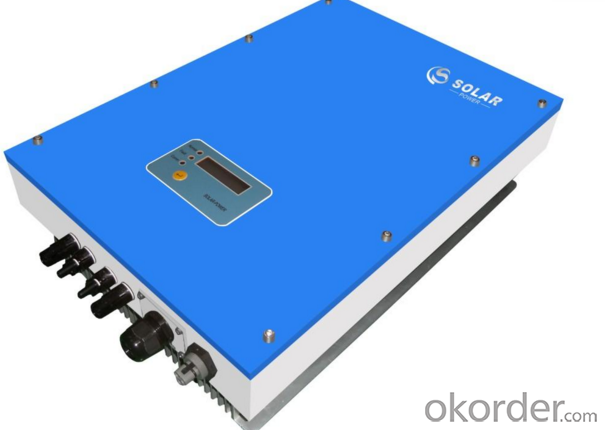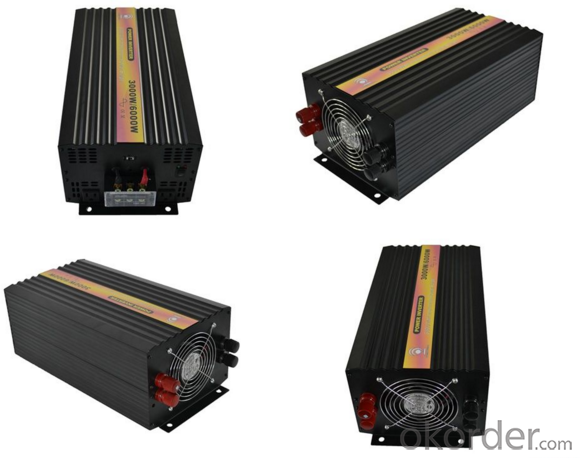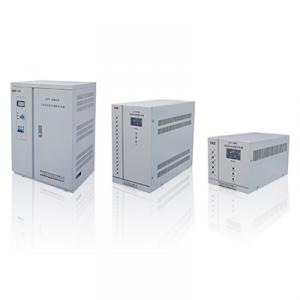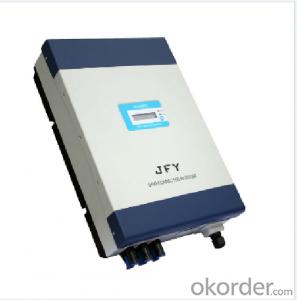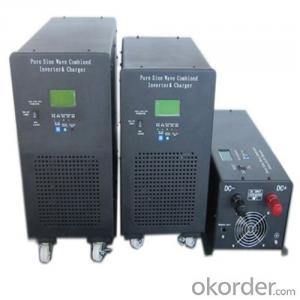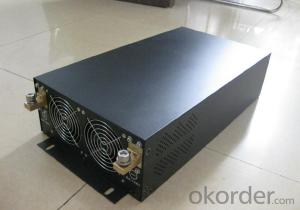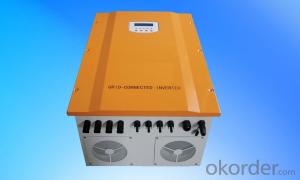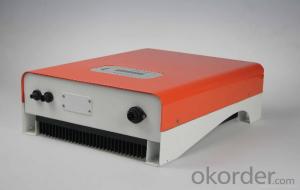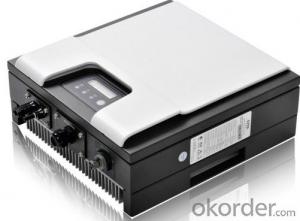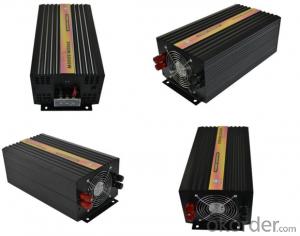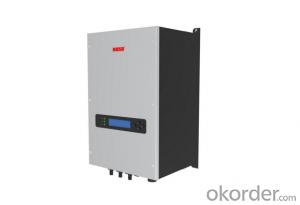MPPT Solar Inverter 48V - Single Phase Inverter Second Generation 3k Solar Inverter Made in China
- Loading Port:
- Shanghai
- Payment Terms:
- TT OR LC
- Min Order Qty:
- 0 watt
- Supply Capability:
- 10000 watt/month
OKorder Service Pledge
OKorder Financial Service
You Might Also Like
Description of Single Phase Inverter Second Generation 3k Solar Inverter
Solar ac power system consists of solar panels, charge controllers, inverter and battery; Solar energy does not include inverter dc power system. Inverter is a kind of power conversion device, inverter by incentives can be divided into self-excited oscillation inverter and separately excited oscillation inverter.
Features of Single Phase Inverter Second Generation 3k Solar Inverter
Standard 10 years warranty, 5-15 years optional
Built-in Gprs as option
Built-in Wifi as option
Smaller and lighter, only 9.6kg
High performance DSP for algorithm control
VDE-AR-N 4105 certification
New topology design
Dual MPPT design
Multi-button touch interface
LCD screen visible at night
Have anti-shading function
Advantages of Single Phase Inverter Second Generation 3k Solar Inverter
Longer life cycle
Plug and play
Free monitoring through our webportal
Very lower internal temperature
Easy transportation and installation
Faster CPU speed
Adjustable active and reactive power
Maximum conversion effciency up to 97.7%,Euro up to 96.9%
Real-time data readable at night
User friendly operation
Technical Data of Single Phase Inverter Second Generation 3k Solar Inverter
| Type | Omniksol-3k-TL2 |
| Input(DC) | |
| Max.PV Power | 3400W |
| Max,DC Voltage | 590V |
| Nominal DC Voltage | 360V |
| Operating MPPT Voltage Range | 120-550V |
| MPPT Voltage Range at Nominal Power | 150-500V |
| Start up DC Voltage | 150V |
| Turn off DC Voltage | 120V |
| Max, DC Current | 12A |
| Max, Short Cicuit Current for each MPPT | 16A |
| Number of MPP trackers | 2 |
| Max.Input Power for each MPPT | 2000W |
| Number of DC Connection for each MPPT | A:1/B:1 |
| DC Connection Type | MC4 connector |
| Output(AC) | |
| Max,AC Apparent Power | 3300VA |
| Nominal AC Power (cos phi = 1) | 3000W |
| Nominal Grid Voltage | 220V/230V/240V |
| Nominal Grid Frequency | 50Hz/60Hz |
| Max, AC Current | 14.4A |
| Grid Voltage Range** | 185-276V |
| Grid Frequency Range** | 45-55Hz/55-65Hz |
| Power Factor | 0.9 capacitive... 0.9 inductive |
| Total Harmonic Distortion(THD) | <2% |
| Feed in Starting Power | 30W |
| Night time Power Consumption | <1W |
| Standby Consumption | 6W |
| AC Connection Type | Plug-in connertor |
| Efficiency | |
| Max,Efficiency | 98.2% |
| Euro Efficiency | 97.3% |
| MPPT Efficiency | 99.9% |
| Safety and Protection | |
| DC Insulation Monitoring | Yes |
| DC Switch | Optional |
| Residual Current Monitoring Unit (RCMU) | Integrated |
| Grid Monitoring with Anti-islanding | Yes |
| Electricity Fuse Protection | Yes |
| Protection Class | Ⅰ(According to IEC 62103) |
| Overvoltage Category | PVⅡ/Mains Ⅲ(According to IEC 62109-1) |
| Reference Standard | |
| Safety Standard | EN 62109, AS/NZS 3100 |
| EMC Standard | EN 6100-6-1, EN 6100-6-2, EN 6100-6-3 EN 6100-6-4, EN 6100-3-2, EN 6100-3-3 |
| Grid Standard | VDE-AR-N4105. VDE-0126-1-1,G83/1,EN 50438,RD1699,CEI 0-21, AS4777,C10/C11 |
| Physical Structure | |
| Dimensions | 352x421x162.5mm |
| Weight | 16.5kg |
| Environmental Protection Rating | IP 65 (According to IEC 60529) |
| Cooling Concept | Internal fan convection |
| Mounting Information | Wall bracket |
| General Data | |
| Operating Temperature Range | -25℃ to +60℃(derating above 45℃) |
| Relative Humidity | 0% to 98%, no condensation |
| Max. Altitude (above sea level) | 2000m |
| Noise Type | <40dB |
| Isolation Type | Transformerless |
| Display | 3 LED ,Backlight, 4x20 Character LCD |
| Data Communication | RS485(WiFi, GRPS integrated) |
| Computer Communication | USB |
| Standard Warranty | 10 Years (5-15 years optional) |
IMages of Single Phase Inverter Second Generation 3k Solar Inverter
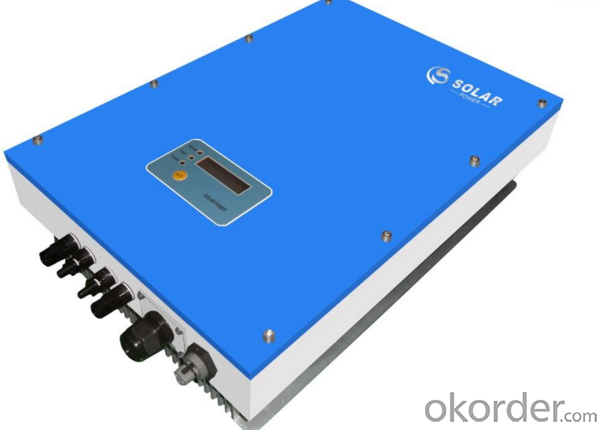
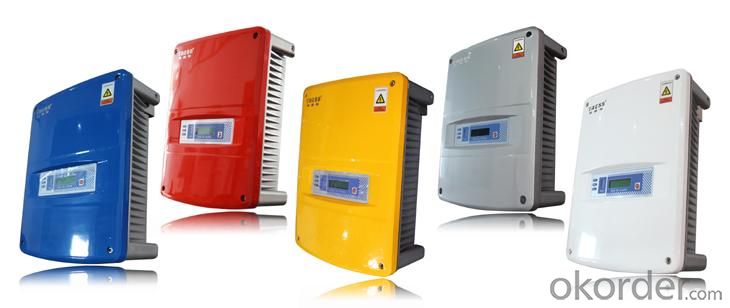
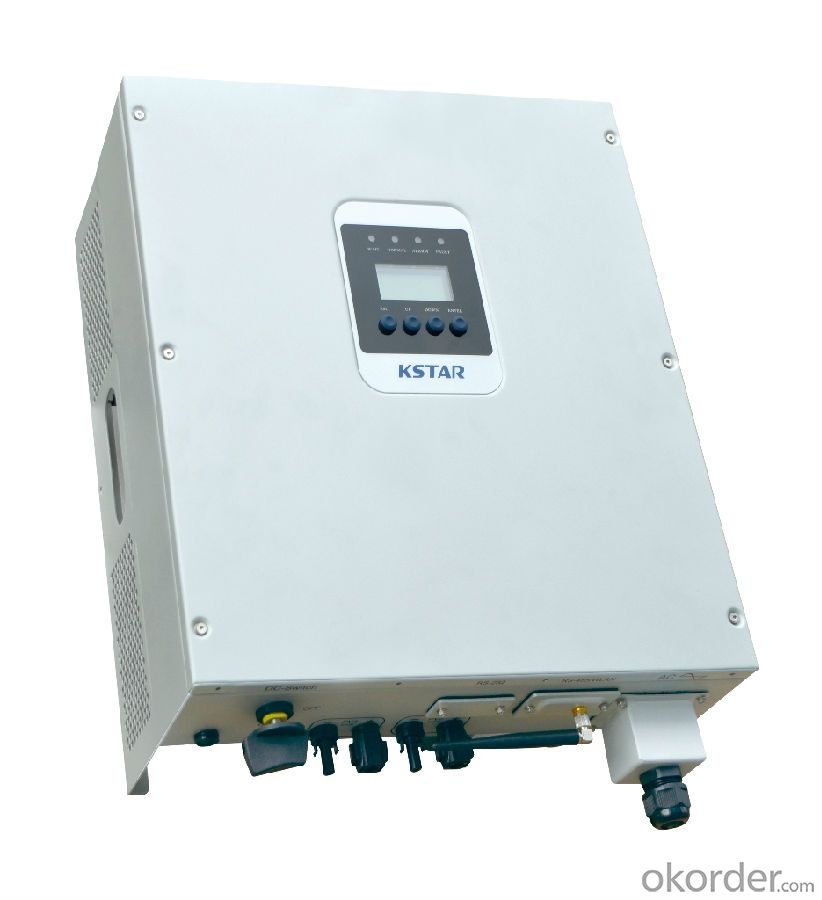
FAQ
Q: Do you have the CE, TUV, UL Certification?
A: We’ve already passed all the tests, and any certificate is available.
Q: Have you ever sold your products to companies in my country?
A: Of course, we have customers in all general PV markets, but I think we should expand our market share along with the market growth.
Q: When did your company set up? You are a new company, how can I believe your quality?
A: We entered into Solar PV industry in 2005, now we have several plants in manufacturing of a-Si and c-Si panels, and our capacity is 220MW per year. Till now we have already passed all the tests by authorized laboratories, e.g. TUV, CE, UL.
Q: Can you help us install the module if we cooperate with you?
A: We haven’t entered into installation sector, but we have the plan in near future.
Q: How do you pack your products?
A: We have rich experience on how to pack the panels to make sure the safety on shipment when it arrives at the destination.
Q: Can you do OEM for us?
A: Yes, we can.
Q: Can we visit your factory?
A: Surely, I will arrange the trip basing on your business schedule.
- Q: How does a solar inverter handle voltage fluctuations from the grid?
- A solar inverter handles voltage fluctuations from the grid by constantly monitoring the voltage and adjusting its output accordingly. When the grid voltage increases or decreases, the inverter's control system regulates its own output voltage to match the changes, ensuring a stable and consistent supply of electricity is fed into the grid. This helps to maintain grid stability and protect the connected devices from potential damage caused by voltage fluctuations.
- Q: Can a solar inverter be used with different types of electrical appliances?
- Yes, a solar inverter can be used with different types of electrical appliances. The inverter converts the direct current (DC) produced by solar panels into alternating current (AC) that is compatible with various appliances. This allows for the use of solar energy to power a wide range of electrical devices and appliances in homes or businesses.
- Q: Can a solar inverter be used in a net metering system?
- Yes, a solar inverter can be used in a net metering system. In fact, a solar inverter is an essential component of a net metering system as it converts the direct current (DC) electricity generated by solar panels into alternating current (AC) electricity that can be used in homes and businesses. The excess electricity generated by the solar panels is fed back into the grid through the inverter, allowing for net metering and potentially earning credits or reducing electricity bills.
- Q: Can a solar inverter be used with solar-powered security systems?
- Yes, a solar inverter can be used with solar-powered security systems. Solar inverters are essential components in solar power systems as they convert the direct current (DC) generated by solar panels into alternating current (AC) that can be used to power various devices, including security systems. By using a solar inverter, solar-powered security systems can efficiently utilize the energy generated by the sun to operate and provide round-the-clock security.
- Q: Can a solar inverter be used in a hybrid solar system?
- Yes, a solar inverter can be used in a hybrid solar system. A hybrid solar system combines both solar power and another source of energy, such as a battery or grid power. The solar inverter is responsible for converting the DC power generated by the solar panels into AC power that can be used in the home or fed back to the grid. In a hybrid solar system, the solar inverter would still perform this function, allowing the system to utilize both solar and other energy sources efficiently.
- Q: Are there any government incentives for installing solar inverters?
- Yes, there are government incentives available for installing solar inverters. Many countries offer tax credits, grants, or rebates to encourage the adoption of solar energy. These incentives vary depending on the region and may also include net metering programs or feed-in tariffs, which allow solar system owners to sell excess electricity back to the grid. It is advisable to research and consult local government agencies or renewable energy organizations to determine the specific incentives available in your area.
- Q: Are solar inverters weather-resistant?
- Yes, solar inverters are designed to be weather-resistant. They are typically built with durable materials and sealed enclosures to protect them from various weather conditions such as rain, snow, and extreme temperatures. However, it is always recommended to consult the manufacturer's specifications and guidelines to ensure proper installation and maintenance for optimal performance and longevity.
- Q: How long do solar inverters typically last?
- Solar inverters typically have a lifespan of 10 to 15 years, but this can vary depending on factors such as quality, maintenance, and usage.
- Q: Can a solar inverter be used with different types of mounting systems?
- Yes, a solar inverter can be used with different types of mounting systems. The solar inverter is responsible for converting the direct current (DC) generated by the solar panels into alternating current (AC) that can be used to power electrical devices. It is compatible with various mounting systems such as rooftop, ground-mounted, or pole-mounted installations, as long as the solar panels are properly connected to the inverter.
- Q: What are the safety features of a solar inverter?
- The safety features of a solar inverter typically include surge protection, overvoltage protection, short circuit protection, ground fault detection, and overtemperature protection. These features help to prevent damage to the inverter and the electrical system, ensuring safe and reliable operation.
Send your message to us
MPPT Solar Inverter 48V - Single Phase Inverter Second Generation 3k Solar Inverter Made in China
- Loading Port:
- Shanghai
- Payment Terms:
- TT OR LC
- Min Order Qty:
- 0 watt
- Supply Capability:
- 10000 watt/month
OKorder Service Pledge
OKorder Financial Service
Similar products
Hot products
Hot Searches
Related keywords
